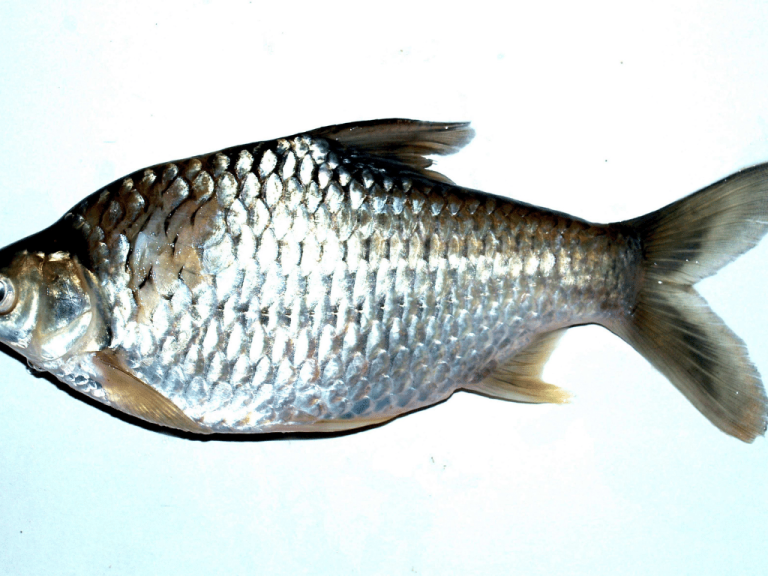Fish come in various sizes, and determining their age is not difficult. By simply removing a scale from the fish and examining it closely, you can clearly see its age.
Why can we determine the age of a fish by looking at its scales? Ichthyologists tell us that in the first year of a fish’s life, its body becomes covered with scales. Scales are composed of many layers of thin plates of varying sizes, resembling an irregular, truncated cone—thicker in the middle and thinner at the edges. The topmost layer is the smallest but oldest, while the bottommost layer is the largest but youngest. As scales grow, new thin plates form on their surface. As the fish ages, the number of these plates increases.
Throughout the year, fish grow at different rates. Typically, they grow quickly in spring and summer, slowly in autumn, and stop growing in winter. Growth resumes the following spring. Scales follow the same pattern: the parts formed in spring and summer are wider, those formed in autumn are narrower, and growth stops in winter. The varying widths of these thin plates layer sequentially around the center, forming numerous growth rings called “annuli.” The number of annuli corresponds to the number of years the fish has lived.
The wide plates formed in spring and summer are sparsely arranged, while the narrow plates formed in autumn are densely packed. There is a distinct boundary between these two parts, marking the division between the first and second year’s growth bands, known as “annual rings.” Fish with more annual rings are older, while those with fewer are younger.
Thus, by examining the scales and counting the annual rings, one can accurately estimate the age of the fish.
Knowing the age of fish is very beneficial. It helps us determine the age composition of fish populations, enabling us to catch larger, older fish while leaving the smaller, younger ones, ensuring timely harvesting, and achieving the goals of protecting and rationally utilizing aquatic resources.

